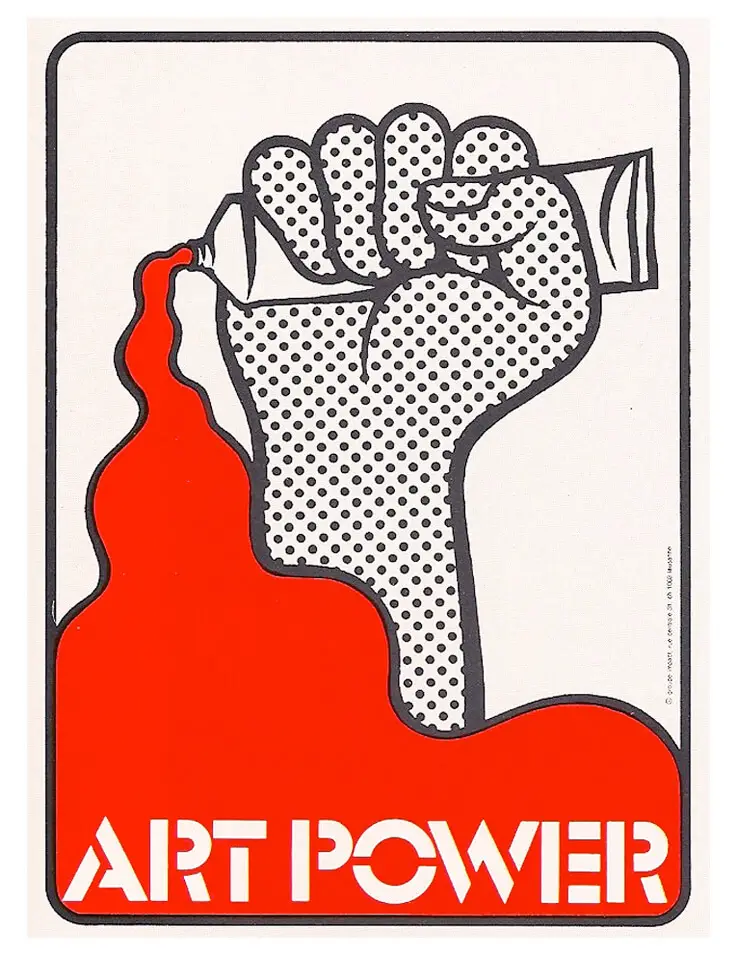Exploring the Future of Art

Art has long been a part of human culture and expression, and it continues to evolve in exciting ways. This document explores the future of art, including emerging art forms and the impact of technology on the art world.
What is art?
The traditional definition
Art has been traditionally defined as the expression of human creativity in visual form, such as paintings, sculptures, and drawings.
Newer definitions
Modern definitions of art have expanded to include other mediums like performance, video, and installation art, as well as non-traditional approaches to visual expression.
The evolution of art
“Art is not what you see, but what you make others see.” – Edgar Degas
Prehistoric art
Art has been part of human civilization for tens of thousands of years, from cave paintings to ancient sculptures.
The Renaissance
The Renaissance brought about a revolution in art, with artists such as Michelangelo and Leonardo da Vinci creating works that are still admired today.
Modern art
Modern art has taken many forms, including abstract, surrealist and pop art. Artists like Picasso and Warhol have had a tremendous impact on the art world, challenging conventions and paving the way for new artists to follow.
Technology and art
Digital art
Advancements in technology have opened up new creative opportunities for artists, with digital art becoming increasingly popular.
Virtual reality
Virtual reality technology is being used to create immersive art experiences that allow viewers to explore landscapes, architecture, and more in three dimensions.
Artificial intelligence
Artificial intelligence is being used to create artworks autonomously, without human intervention. This is a new and exciting realm of art that is currently being explored by many artists and researchers.
Emerging art forms
Street art: Graffiti, murals, and other forms of street art have become increasingly popular and accepted by mainstream culture.
NFT art: Non-fungible tokens (NFTs) have opened up new possibilities for artists to sell, showcase, and prove ownership of their digital works.
Bio-art: Artists are exploring the intersection of art, science, and technology by working with living organisms to create pieces that challenge our notions of what art can be.
The impact of art on society
Protest art
Throughout history, art has played an important role in activism and social change. Protest art has been used to expose injustices and give voice to marginalized groups.
Healing art
Art therapy is a recognized form of mental health treatment, with the act of creating and viewing art helping to alleviate stress and anxiety.
Public art
Public art can beautify communities, spark conversations, and bring people together, enhancing the cultural fabric of a city or town.
Future directions for art
“Art is the lie that enables us to realize the truth.” – Pablo Picasso
Interactive installations
Interactive art installations that integrate technology like robotics and artificial intelligence are likely to become more common, providing viewers with unique and engaging experiences.
Augmented reality
Augmented reality technology will continue to be used to enhance and expand traditional forms of art, allowing viewers to experience artworks in innovative new ways.
Eco-art
Artists will continue to explore the intersection of art and environmentalism, using their creative talents to raise awareness about important issues and encourage positive change.
Conclusion of the future of art
The world of art is constantly evolving, pushing boundaries and challenging conventions. Artists are finding new ways to express themselves, using technology and other tools to create innovative works that engage and inspire. As we look to the future, it’s clear that the possibilities for art are endless, and that it will continue to be an important part of human culture and expression.
Recommend0 recommendationsPublished in Blogs







